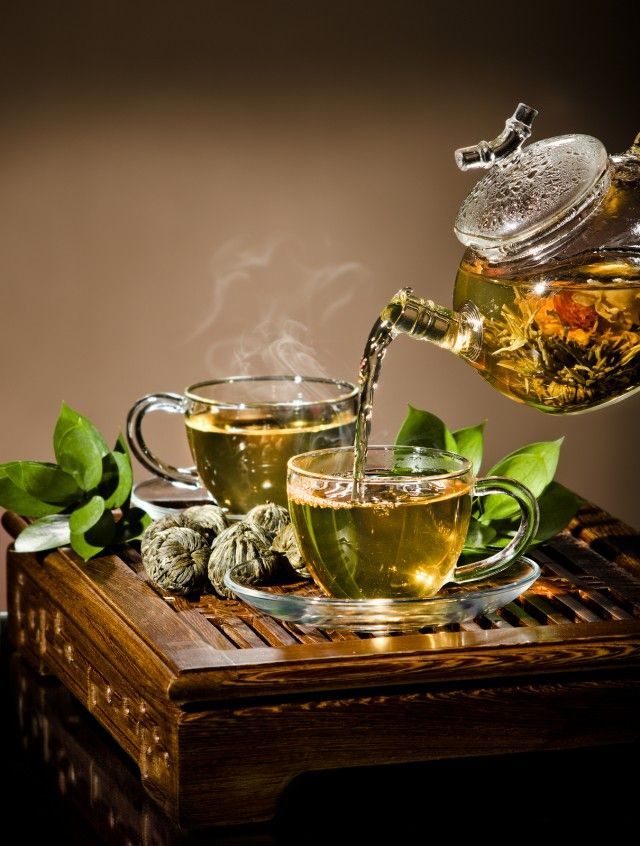Literature and tea: Investigating the Artistic Associations and References to Tea
From the pages of classic novels to the verses of modern poets, tea has woven its way into the fabric of literature, leaving behind an aroma of creativity and inspiration. Its presence extends far beyond mere beverage, serving as a powerful symbol, a catalyst for conversation, and a source of literary imagery.
The Origins of the Literary Connection:
Tea's literary journey began in ancient China, where its role in cultural life was captured in poems, essays, and philosophical writings. This rich heritage paved the way for its subsequent appearance in literature across the globe.
Tea as a Symbol:
Throughout history, tea has assumed various symbolic roles in literature:
- Social Status: In some cultures, tea consumption denoted wealth and social standing. Authors like Jane Austen used tea parties to highlight class distinctions and social dynamics.
- Intellectual Pursuit: Tea became synonymous with scholarly and artistic pursuits. Writers like Virginia Woolf and T.S. Eliot often depicted tea breaks as moments of reflection and creative inspiration.
- Hospitality and Comfort: In many cultures, tea represents hospitality and a warm welcome. Authors like Charles Dickens and Khaled Hosseini used tea rituals to portray warmth, comfort, and a sense of belonging.
- Tranquility and Mindfulness: The act of drinking tea is often associated with calmness and mindfulness. Authors like Haruki Murakami and Kawabata Yasunari used tea ceremonies to evoke a sense of peace and inner reflection.
A Catalyst for Conversation:
Beyond its symbolic significance, tea often serves as a catalyst for conversation in literature:
- Breaking the Ice: Tea gatherings provide a natural setting for characters to initiate conversations, share stories, and build relationships.
- Revealing Hidden Emotions: The act of sharing a cup of tea can lead to intimate conversations and confessions, revealing characters' true feelings and motivations.
- Facilitating Conflict Resolution: Tea can act as a neutral ground for characters to discuss their differences, negotiate compromises, and find common ground.
- Exploring Social Issues: Authors like George Bernard Shaw and Chinua Achebe used tea parties to satirize social conventions and explore complex societal issues.
Rich Imagery and Sensory Descriptions:
Writers have employed vivid imagery and sensory descriptions to capture the essence of tea:
- The aroma: The delicate scent of tea leaves evokes a sense of comfort and anticipation.
- The taste: Words like "earthy," "floral," and "astringent" transport readers to the world of tea flavors.
- The visual: Descriptions of teacups, teapots, and brewing rituals create a visual feast for the reader's imagination.
- The sound: The gentle clinking of teacups and the soft simmering of water add an auditory dimension to the experience.
The Legacy of Tea in Literature:
Literature's fascination with tea extends far beyond the literal beverage. It reflects the cultural values, social norms, and artistic expressions of various societies throughout history. Tea's presence in literature serves as a reminder of the interconnectedness of art, culture, and human experience.
By exploring the artistic associations and references to tea in literature, we gain a deeper understanding of its cultural significance and its enduring influence on the human imagination. So, the next time you curl up with a good book, take a moment to savor the literary connection to tea, and let your imagination steep in the rich tapestry of words and aroma.

